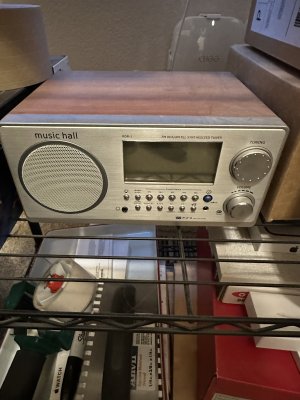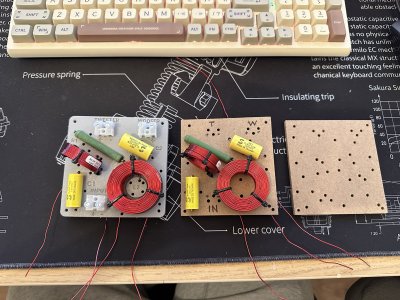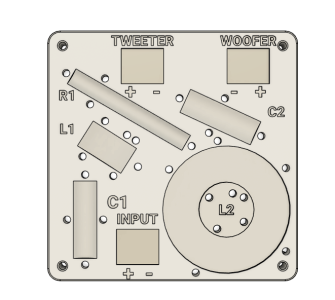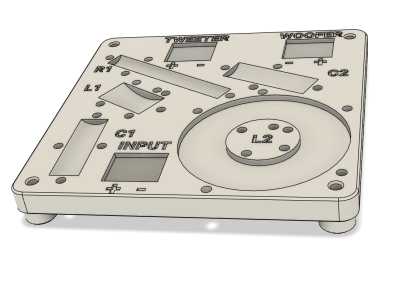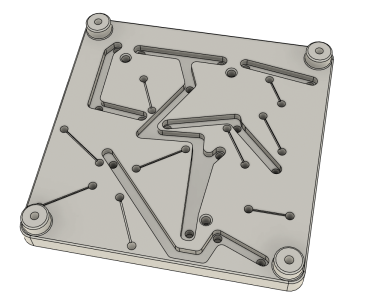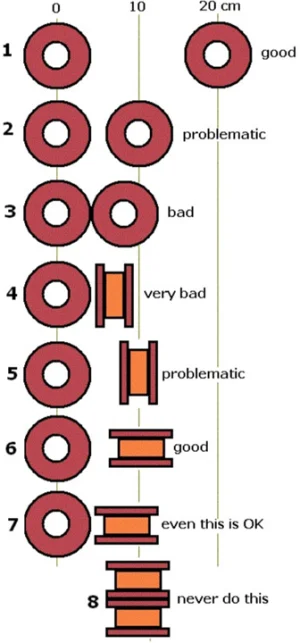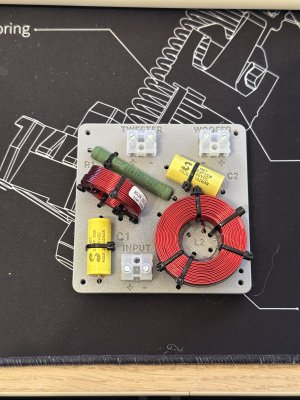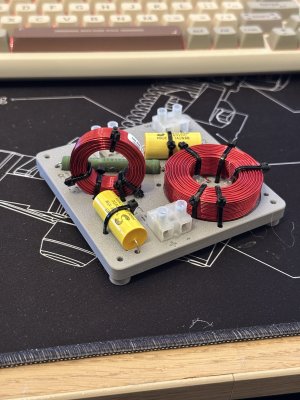sebr023
Member
Can’t remember the name of the channel at the moment, but there a woodworking guy that got into audio and build a listening room and speakers. He tested mdf vs birch plywood and others (IIRC) and didn’t have much difference between material.
And you can always test the enclosure, measure it, and make adjustment in your component/ crossover design to make it sound optimal for the material you choose.
Now we have active dsp which is even easier to make a speaker sound good because you can change its curves in real time.
I had the chance to listen to the Solen Mura 5b. The store is a short diatance from ma house. And the guy that designed it is pretty cool. The small-ish speaker that packs a punch. From my ears, at say they’re about 80%-85% as good as my CSS audio criton 1td and 2td. On for home theater uses, it’ll be good enough.
Attached picture of said 1td and 2 td’s
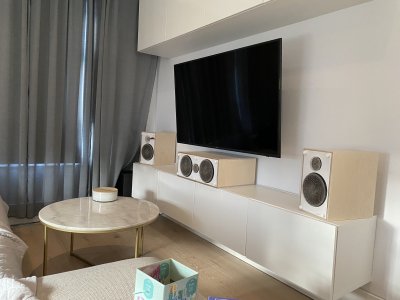
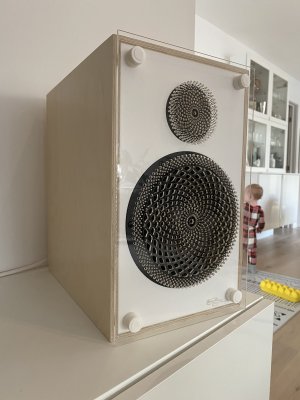
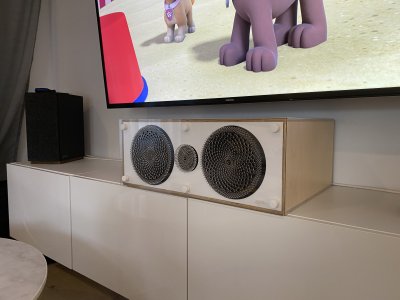
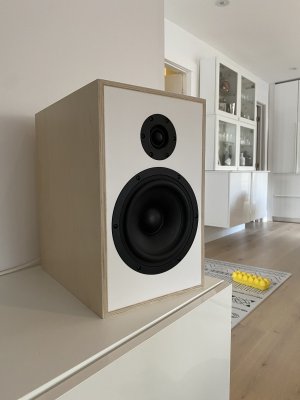
And you can always test the enclosure, measure it, and make adjustment in your component/ crossover design to make it sound optimal for the material you choose.
Now we have active dsp which is even easier to make a speaker sound good because you can change its curves in real time.
I had the chance to listen to the Solen Mura 5b. The store is a short diatance from ma house. And the guy that designed it is pretty cool. The small-ish speaker that packs a punch. From my ears, at say they’re about 80%-85% as good as my CSS audio criton 1td and 2td. On for home theater uses, it’ll be good enough.
Attached picture of said 1td and 2 td’s






